Armand Botha proposed the following for a not-too expensive big engine.
Use a 411 block. The cylinder holes need to be enlarged, for the rest the block is standard. The fuel injection block is the best choice since it has a windage tray. (Note from Wouter: my FI block had none).
Make sleeves from old Deutz (Industrial or Samil) sleeves, which are readily available at about R10 each. (Note from Wouter: A Samil is a South African Military vehicle, and readily available is in SA, of course). The sleeves are 100mm and can be bored to 101mm after which they are discarded — we bore them to 101.6 mm to take Chev pistons. The sleeves must also be shortened to about half their original size. This can be an expensive exercise if you don’t know someone with a lathe.
The Chev pistons need to be cut to take circlips, the aluminium pin buttons do NOT work. The heads also need to be cut to take the new sleeves, and the fins need slight modification too. The holes for the studs (wrm: I assume in the cylinders) are almost right and can be doctored with a file.
Using a 1700/1800 crank, displacement is 2140cc, and with the 2L crank you get 2300cc. I find that the smaller engine revs better, up to 7000+ rpm, but of course the bigger engine makes more power.
Use Nissan valves (big and cheap), 2.8 Skyline inlet and 2.4 Tracker exhaust. This does wonders for the breathing. Use 2L hydraulic valve springs, they can take the punch.
Send your camshaft to Ritchie Jute in Johannesburg and get him to cut the profile VW13, send him the lifters too for rebuilding. This cam profile gives about 280 degrees which is not too temperamental.
The rest of the engine is standard.
My fastback got 6000rpm in fourth (4.125 diff) using two 36 webers from an alfa and the electronic distributor from a 1900 wasserboxer.
You won’t believe the performance of this engine.
(freely translated from Afrikaans by wrm)

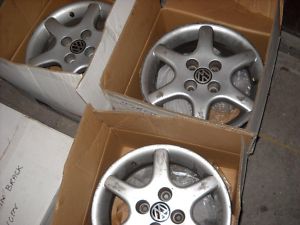
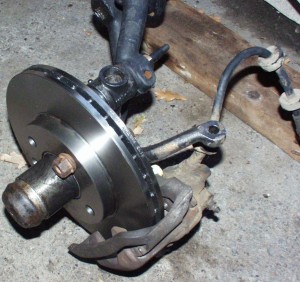

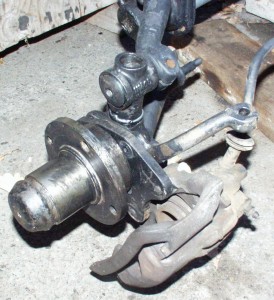

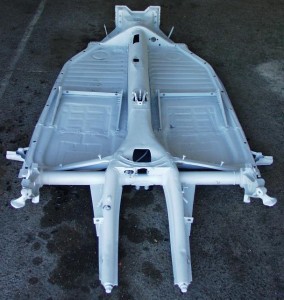
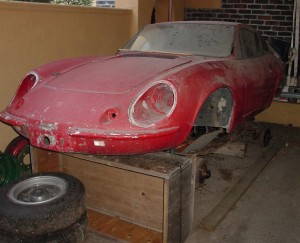
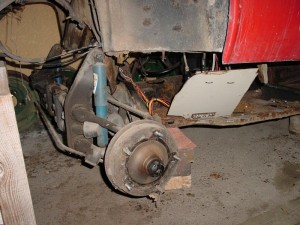
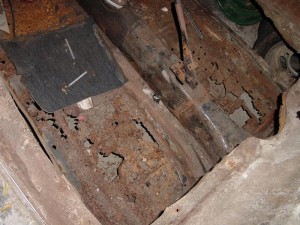
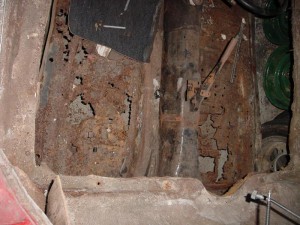
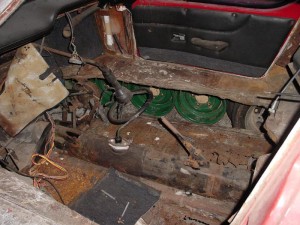
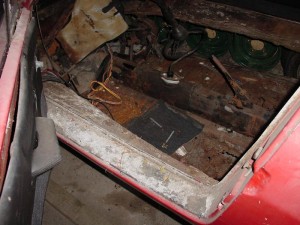
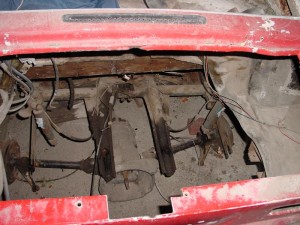
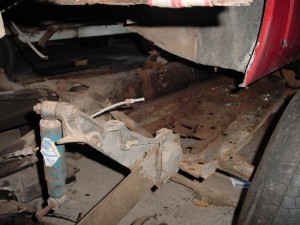
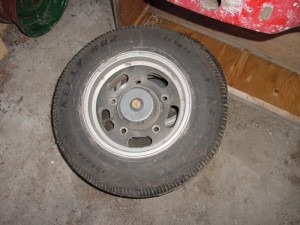
![[Not-so-good picture of Puma rear lights]](/pumapages/wrmpics/pumarears.jpg)